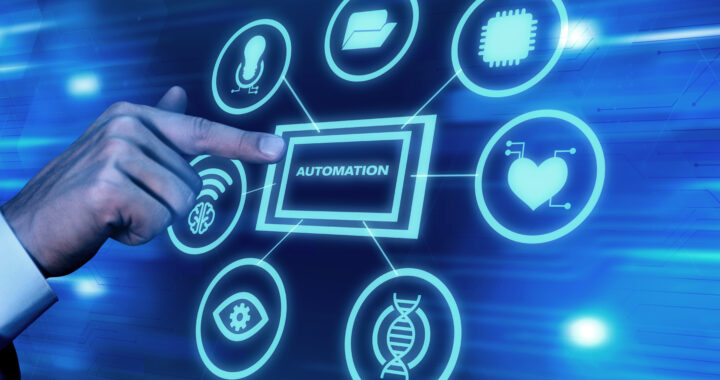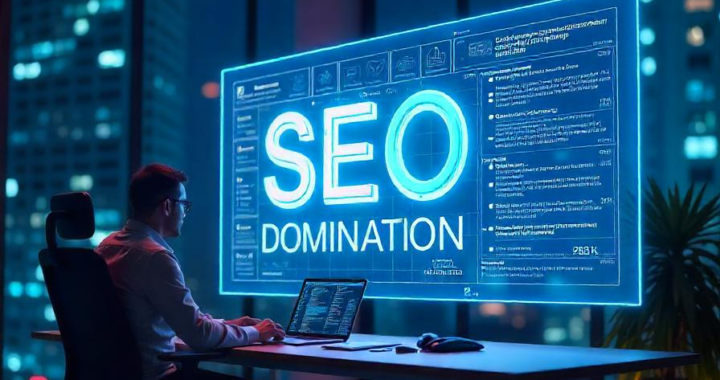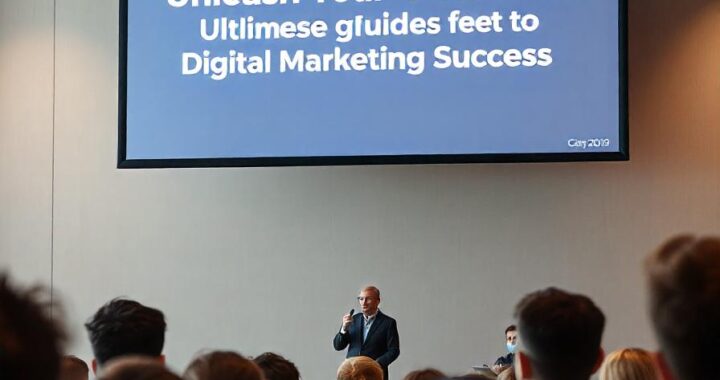Top 10 AI Tools Every Digital Marketer Needs in 2025
Introduction
Artificial Intelligence (AI) is revolutionizing digital marketing, making it more efficient, data-driven, and automated. From content creation and SEO optimization to customer engagement and predictive analytics, AI-powered tools help marketers save time, boost engagement, and drive sales.
But with so many AI tools available, which ones should you use in 2025?
In this blog, we will explore the top 10 AI tools every digital marketer must have to stay ahead in the competitive landscape.
1. ChatGPT – AI-Powered Content & Copywriting Tool
What It Does:
Generates high-quality blog posts, social media captions, product descriptions, and ad copy.
Helps with brainstorming, rewriting, and summarizing content.
Provides AI-driven chatbot support for businesses.
Why You Need It:
Speeds up content creation and reduces writer’s block.
Enhances customer engagement through AI-powered chatbots.
Best For: Bloggers, copywriters, social media managers, and content marketers.
Website: https://openai.com/chatgpt
2. Jasper AI – Advanced AI Writing Assistant
What It Does:
Creates persuasive marketing copy, long-form blog content, and email sequences.
Supports multiple languages for global marketing campaigns.
Provides AI-driven templates for different marketing needs.
Why You Need It:
Saves time by generating high-quality content quickly.
Helps maintain a consistent brand voice.
Best For: Copywriters, eCommerce businesses, and digital advertisers.
Website: https://www.jasper.ai
3. SurferSEO – AI-Driven SEO Optimization
What It Does:
Analyzes top-ranking pages and provides recommendations for SEO optimization.
Helps in keyword research and content structuring.
Integrates with content editors to provide real-time SEO suggestions.
Why You Need It:
Increases website ranking with AI-driven insights.
Helps create SEO-friendly content that ranks faster.
Best For: SEO specialists, bloggers, and website owners.
Website: https://www.surferseo.com
4. Grammarly – AI-Based Writing Assistant
What It Does:
Detects grammatical errors, spelling mistakes, and readability issues.
Suggests tone adjustments to match the brand voice.
Improves overall writing quality and engagement.
Why You Need It:
Enhances content clarity and professionalism.
Ensures error-free communication with your audience.
Best For: Content creators, social media managers, and email marketers.
Website: https://www.grammarly.com
5. SEMrush – AI-Powered SEO & Competitive Analysis Tool
What It Does:
Conducts keyword research and backlink analysis.
Tracks competitors’ digital marketing strategies.
Provides AI-driven insights for PPC and organic search campaigns.
Why You Need It:
Helps improve search engine rankings and visibility.
Provides competitive insights for better marketing decisions.
Best For: SEO experts, content marketers, and PPC advertisers.
Website: https://www.semrush.com
6. HubSpot – AI-Powered Marketing & CRM Tool
What It Does:
Automates email marketing, lead nurturing, and social media campaigns.
Uses AI for customer segmentation and personalized recommendations.
Provides AI-driven analytics and reporting.
Why You Need It:
Enhances customer relationship management with AI insights.
Automates marketing workflows to save time.
Best For: Marketing agencies, sales teams, and lead generation experts.
Website: https://www.hubspot.com
7. Canva AI – AI-Powered Graphic Design Tool
What It Does:
Uses AI to suggest design elements based on trends.
Generates social media graphics, presentations, and marketing materials.
Provides templates and automation features for branding consistency.
Why You Need It:
Makes design easy, even for non-designers.
Saves time by automating creative tasks.
Best For: Social media managers, content creators, and business owners.
Website: https://www.canva.com
8. Phrasee – AI-Powered Email Marketing Tool
What It Does:
Uses AI to write high-converting email subject lines and content.
A/B tests different email variations for better performance.
Optimizes email campaigns based on engagement data.
Why You Need It:
Increases email open rates and conversions.
Saves time by automating email copywriting.
Best For: Email marketers and eCommerce businesses.
Website: https://www.phrasee.co
9. Adzooma – AI-Powered Ad Management Platform
What It Does:
Optimizes Google, Facebook, and Microsoft Ads with AI insights.
Automates bidding strategies and budget allocation.
Provides AI-driven ad performance reports.
Why You Need It:
Improves ROI on paid advertising campaigns.
Saves time by automating ad optimization.
Best For: PPC advertisers and performance marketers.
Website: https://www.adzooma.com
10. Drift – AI-Powered Chatbot & Conversational Marketing
What It Does:
Uses AI-powered chatbots to engage website visitors in real-time.
Automates lead qualification and appointment scheduling.
Provides AI-driven insights for improving customer experience.
Why You Need It:
Increases engagement and conversions through real-time conversations.
Reduces bounce rates by keeping users on the website longer.
Best For: Customer service teams and sales-driven businesses.
Website: https://www.drift.com
Conclusion: AI Is the Future of Digital Marketing
AI is no longer optional—it’s essential for digital marketing success. By integrating AI-powered tools, marketers can:
Automate time-consuming tasks
Improve personalization & customer experience
Optimize campaigns with data-driven insights
Boost sales and engagement effortlessly
Ready to take your marketing to the next level? Start using these AI tools today!
FAQs
Q1: Can AI replace digital marketers?
No! AI enhances marketing efficiency, but human creativity and strategy are still essential.
Q2: Are AI marketing tools expensive?
Many AI tools offer free plans or affordable pricing for businesses of all sizes.
Q3: How do AI tools improve digital marketing?
AI tools automate content creation, SEO, advertising, and customer engagement, saving time and boosting efficiency.
Q4: Which AI tool is best for beginners?
ChatGPT & Jasper AI – Content creation
Canva AI – Graphic design
Grammarly – Writing assistance
Q5: What is the future of AI in digital marketing?
AI will continue to evolve, providing more advanced automation, predictive analytics, and customer engagement solutions.
Start using AI tools today and stay ahead in digital marketing!








